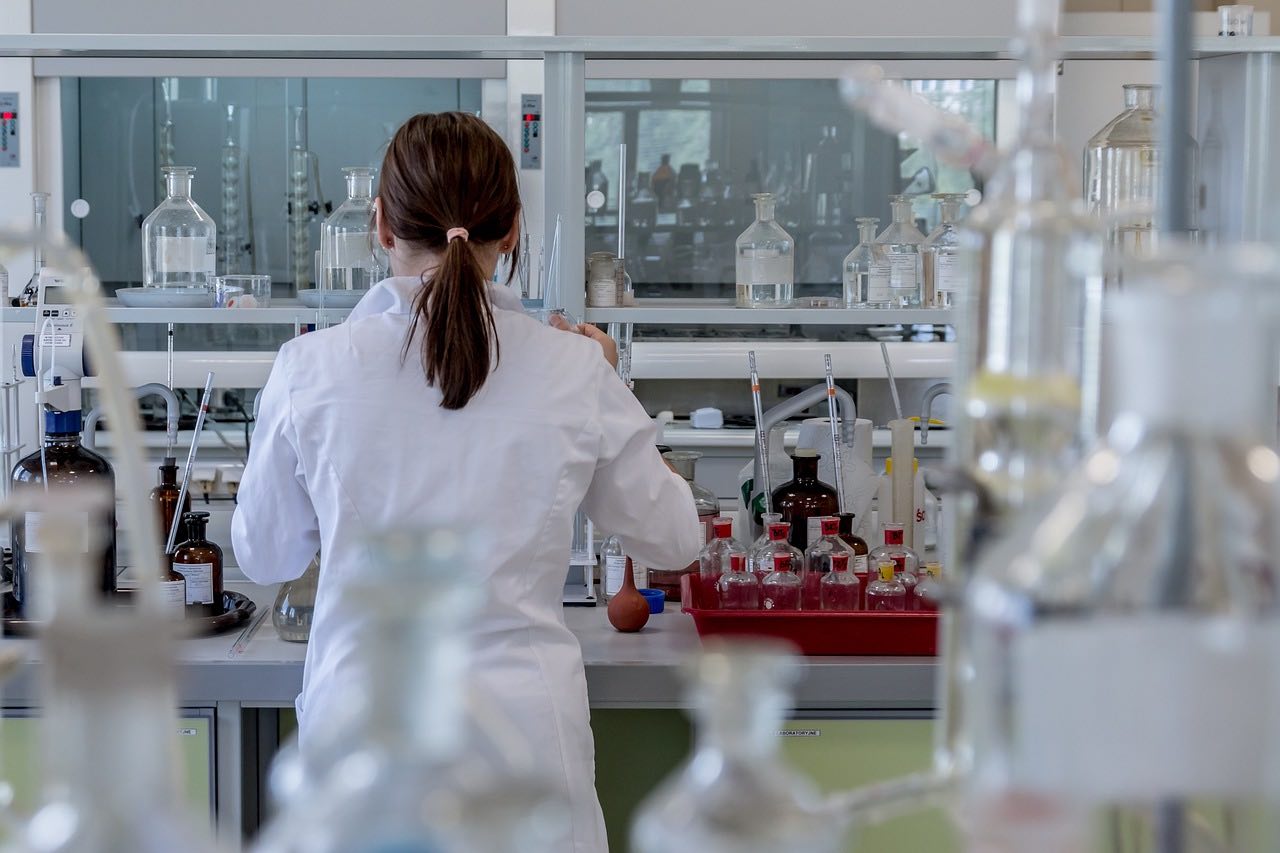Plant and animal cells are distinct entities from their structural makeup to their metabolic processes. While both cell types perform fundamental functions that are necessary for the survival of the organism, the differences between them are crucial for understanding their operations, as well as the varieties of life that depend on them.
In this blog post, we will delve into the intricacies of plant and animal cells, examining their similarities and differences to gain a deeper insight into the workings of these diverse cell types. Whether you are a student studying biology, or someone who is simply interested in the complexities of life, check this page and read this article is sure to provide an enlightening look at the fascinating world of cell biology.
Plant cells and animal cells have unique characteristics that differentiate them from each other. For instance, plant cells have cell walls, chloroplasts, and large central vacuoles, while animal cells lack these features. These constructs have significant implications for the different processes and activities that occur within these cells. Understanding the biological functions of plant and animal cells will provide a better comprehension of the structures, mechanisms, and processes of living organisms. Beyond the classroom, understanding these structures is essential for various applications in sectors like agriculture, pharmaceuticals, and biotechnology.
1. Plant cells have a cell wall, while animal cells do not.
Plant and animal cells are two distinct types of eukaryotic cells that exist in the natural world. While they share some similarities, there are also many differences between them. One of the most significant differences is that plant cells have a cell wall, while animal cells do not. The cell wall is a rigid layer that surrounds the entire plant cell and provides structural support. Made primarily of cellulose, the cell wall also acts as a barrier, regulating the movement of materials in and out of the cell. This is in contrast to animal cells, which are surrounded only by a thin, flexible cell membrane. These differences in cellular structure play crucial roles in determining the functions and behaviors of these two types of cells.
2. Plant cells have chloroplasts, while animal cells do not.
The fundamental difference between plant and animal cells is their ability to photosynthesize, which is a process that involves the conversion of sunlight into chemical energy by the use of chlorophyll. While both plant and animal cells have many similarities, plant cells possess organelles called chloroplasts that are not found in animal cells. Chloroplasts are responsible for capturing the energy from sunlight and using it to produce food. Therefore, plants are said to be autotrophic organisms capable of synthesizing their food, while animals are heterotrophic organisms that depend on other organisms for food. The presence of chloroplasts gives plants their green color and provides a crucial nutrient cycle on Earth, contributing to the oxygen and carbon dioxide balance in the atmosphere. The absence of chloroplasts is one of the significant differences between plant and animal cells, and it illustrates how the biological structure contributes to the diverse range of abilities exhibited by living organisms.
3. Animal cells have centrosomes, while plant cells do not.
Centrosomes are organelles commonly found in animal cells, but not in plant cells. These organelles function primarily in cell division, as they are responsible for the organization and separation of chromosomes during mitosis. The centrosome consists of two centrioles, which are cylindrical structures composed of microtubules. During mitosis, the centrosomes move to opposite ends of the cell and produce spindle fibers, which attach to the centromere of each chromatid and pull the chromosomes apart. This process ensures that each new cell receives a full set of chromosomes. While animal cells have centrosomes, plant cells do not. Instead, the spindle fibers are generated from micro-tubular organizing centers called spindle pole bodies. These differences in cell structure are just one of many that highlight the diverse characteristics of plant and animal cells.
4. Plant cells have larger vacuoles, while animal cells have smaller ones.
One of the major differences between plant and animal cells is the size of their vacuoles. While both types of cells contain this organelle, plant cells have larger vacuoles, while animal cells have smaller ones. In plants, the vacuole performs a wide range of functions. It stores water, nutrients, and other substances, helps regulate the cell’s turgor pressure, and plays a role in maintaining the pH balance of the cell’s cytoplasm. Additionally, the vacuole in plant cells may contain pigments, enzymes, and toxins. In contrast, animal cells typically have multiple small vacuoles that perform relatively minor functions, such as storage of waste products or temporary storage of nutrients. The larger vacuole in plant cells is a key factor in their ability to maintain cell structure and function and their unique ability to produce and store energy through photosynthesis.
5. Plant cells generally have a fixed shape, while animal cells can change shape.
Plant cells and animal cells have noteworthy differences, and one of these differences is in their ability to change shape. Plant cells are typically rigid and have a fixed shape, provided by the surrounding cell wall. On the other hand, animal cells lack a cell wall and, as a result, can easily change their shape. This ability to change shape is due to the presence of a cytoskeleton, which is a complex network of protein filaments that keep the cell’s shape intact. This flexibility is beneficial to animal cells as it allows them to move and change shape in response to different environmental stimuli, such as seeking out nutrients or avoiding danger. Plant cells, however, have a more static shape, which is essential for their role in providing structural support to the plant body.
In summary, there are many differences between plant and animal cells. Plant cells have a cell wall that gives them their fixed shape, larger vacuoles for storage of water and other substances, and chloroplasts to produce energy through photosynthesis but no centrosomes as found in animal cells. Animal cells lack the rigid structure of plant cells due to the absence of a cell wall allowing them to change shapes with ease due to their cytoskeletal structures. These unique features illustrate how both types of biological structures contribute significantly to the different abilities exhibited by living organisms on Earth. Understanding these differences can help us appreciate how complex life is and its importance in maintaining our planet’s delicate balance.







